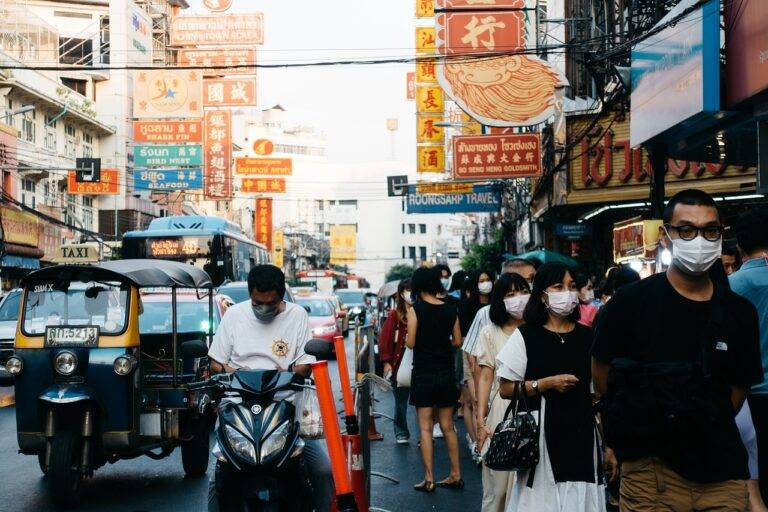Mindful Sustainable Transportation Planning: Prioritizing People over Cars
Urban planning that heavily prioritizes cars poses numerous challenges to cities around the world. The dominance of automobiles in urban spaces leads to increased traffic congestion, air pollution, and noise levels. With a focus on accommodating car travel, cities often neglect the needs of pedestrians and cyclists, making streets less safe and inviting for alternative modes of transportation.
Furthermore, the reliance on cars contributes to the social isolation of communities as people spend more time in their vehicles and less time engaging with their surroundings or interacting with others. The expansive road networks required to support car-centric urban planning consume large amounts of valuable land, limiting opportunities for green spaces, public transit, and affordable housing. As urban populations continue to grow, the negative impacts of prioritizing cars in city planning are becoming increasingly apparent.
Benefits of Prioritizing Pedestrians and Cyclists
Prioritizing pedestrians and cyclists in urban planning can lead to a variety of positive outcomes for both individuals and communities. By promoting walking and biking as viable and safe modes of transportation, cities can reduce traffic congestion, improve air quality, and decrease greenhouse gas emissions. This shift towards more sustainable transportation options not only benefits the environment but also contributes to creating healthier and more livable urban spaces for residents.
Furthermore, prioritizing pedestrians and cyclists can enhance public health by encouraging physical activity and reducing the reliance on cars. Walking and biking have been linked to numerous health benefits, including lower rates of obesity, cardiovascular diseases, and mental health issues. Designing streets and infrastructure with the safety and comfort of pedestrians and cyclists in mind can also promote a sense of community and connectivity within neighborhoods, fostering social interactions and a greater sense of belonging among residents.
Creating Safe and Accessible Walking and Biking Infrastructure
To ensure safe and accessible walking and biking infrastructure in urban areas, cities must prioritize the development of well-designed pathways separated from vehicle traffic. Separating pedestrians and cyclists from cars not only enhances safety but also promotes a more pleasant and stress-free experience for active commuters. By investing in designated lanes and walkways, cities can encourage more people to choose walking or biking as a viable mode of transportation, reducing traffic congestion and improving overall air quality in urban environments.
In addition to physical infrastructure, it is crucial for cities to implement proper signage and signals that prioritize the safety of pedestrians and cyclists. Clear and visible signage indicating designated paths, crosswalks, and bike lanes helps to guide users and alert drivers to the presence of non-motorized transport. Strategic placement of traffic signals that give priority to pedestrians and cyclists at intersections further enhances safety and encourages active transportation as a preferred choice for short trips within the city.





